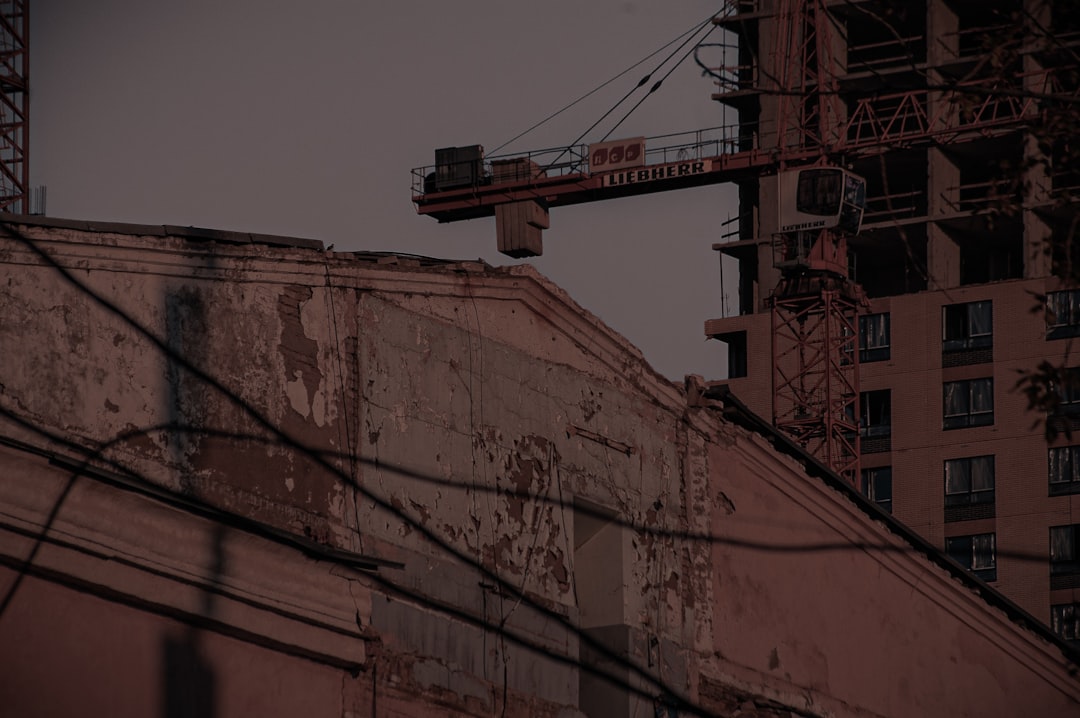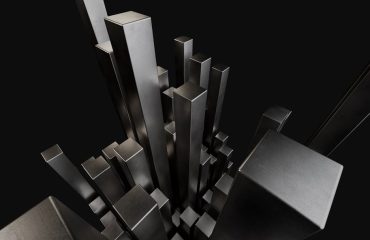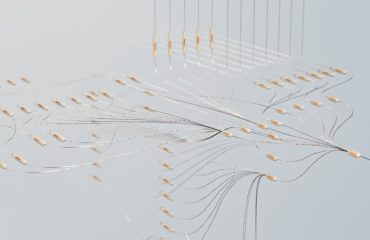In today’s competitive market, delivering flawless products is no longer a luxury, but a necessity. The pursuit of zero-defect production, while seemingly utopian, is a realistic goal achievable through strategic planning, meticulous execution, and a commitment to continuous improvement. This blog post will delve into the intricacies of achieving this ambitious target, exploring the key strategies and challenges involved.
Understanding the Zero-Defect Philosophy
Zero-defect production isn’t about achieving absolute perfection—a statistically improbable feat. Instead, it’s a mindset, a philosophy focused on minimizing defects to an insignificant level. It’s about striving for continuous improvement, aiming for a state where defects are so rare they are practically nonexistent. This philosophy necessitates a cultural shift within the organization, prioritizing quality at every stage, from design and procurement to manufacturing and delivery. It demands a proactive approach, focusing on prevention rather than solely on detection and correction of defects.
Implementing Robust Quality Control Measures
Achieving zero-defect production necessitates a robust quality control system implemented throughout the entire production process. This includes:
- Statistical Process Control (SPC): Employing SPC allows for real-time monitoring of production processes, identifying potential deviations from established standards before they lead to defects. This proactive approach enables timely intervention and prevents widespread issues.
- Regular Audits and Inspections: Scheduled audits and inspections, conducted by internal and potentially external auditors, provide an objective assessment of the production process, identifying weaknesses and areas for improvement. These audits should cover all aspects of the production line, from raw materials to finished goods.
- Automated Quality Checks: Integrating automated quality checks into the production line significantly enhances efficiency and accuracy. Automated systems can detect subtle defects that might be missed by human inspectors, improving consistency and reducing human error.
- Supplier Quality Management: Ensuring the quality of incoming materials is paramount. Strict supplier quality management programs, including regular audits and performance evaluations, are crucial to preventing defects from entering the production process in the first place.
Investing in Employee Training and Empowerment
Employees are the backbone of any production process. Investing in comprehensive training programs that equip employees with the necessary skills and knowledge to perform their tasks effectively is essential. This includes training on quality control procedures, problem-solving techniques, and the use of advanced technologies. Furthermore, empowering employees to identify and report potential quality issues is crucial. A culture of open communication and collaboration, where employees feel comfortable expressing concerns without fear of reprisal, is vital for success.
Leveraging Technology for Enhanced Precision
Technology plays a pivotal role in achieving zero-defect production. Advanced technologies such as:
- Computer-Aided Design (CAD) and Computer-Aided Manufacturing (CAM): These technologies allow for precise design and manufacturing processes, minimizing the potential for errors.
- Robotics and Automation: Automating repetitive tasks reduces human error and improves consistency. Robots can perform precise operations with greater accuracy and speed than humans, leading to fewer defects.
- Data Analytics and Predictive Maintenance: Analyzing production data can identify patterns and predict potential problems before they occur, allowing for proactive maintenance and prevention of defects.
- 3D Printing and Additive Manufacturing: These technologies offer greater design flexibility and the ability to produce highly customized products with improved accuracy.
Continuous Improvement and the Kaizen Philosophy
Zero-defect production is not a destination, but a journey. Embracing a culture of continuous improvement, often embodied by the Kaizen philosophy, is essential for sustained success. Kaizen emphasizes small, incremental improvements made consistently over time. This involves regularly reviewing processes, identifying areas for improvement, and implementing changes to optimize efficiency and reduce defects. Regular feedback loops, both from employees and customers, are vital for identifying areas needing attention and ensuring the ongoing effectiveness of quality control measures. This commitment to continuous improvement ensures that the organization remains adaptable and responsive to changing needs and challenges.
Achieving zero-defect production requires a holistic approach that encompasses every aspect of the production process. It’s a challenging but attainable goal that can significantly enhance product quality, customer satisfaction, and ultimately, the bottom line. By embracing the principles outlined above and fostering a culture of continuous improvement, organizations can move closer to achieving their zero-defect ambitions.
Tags: Zero-defect manufacturing, quality control, kaizen, lean manufacturing, continuous improvement




